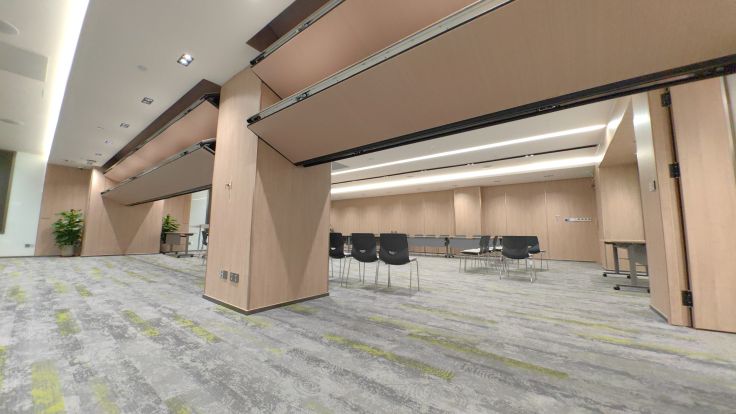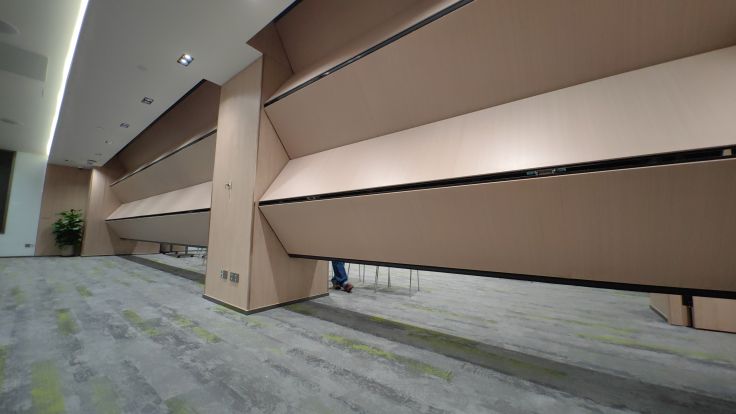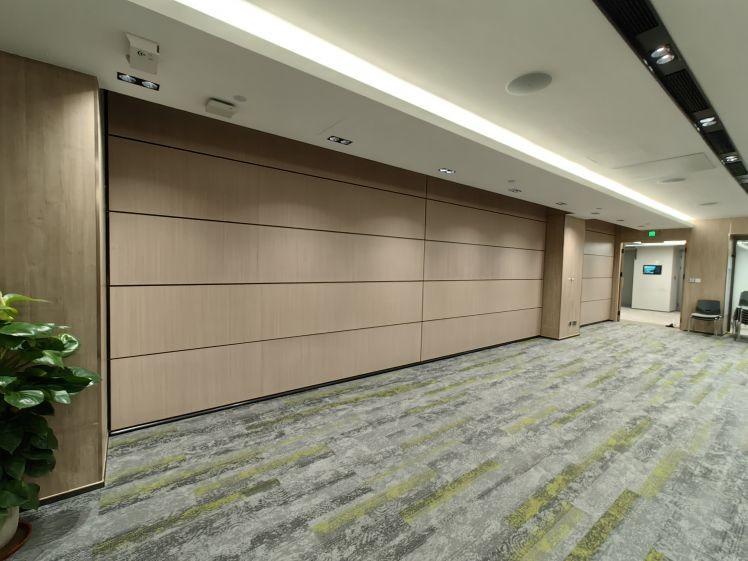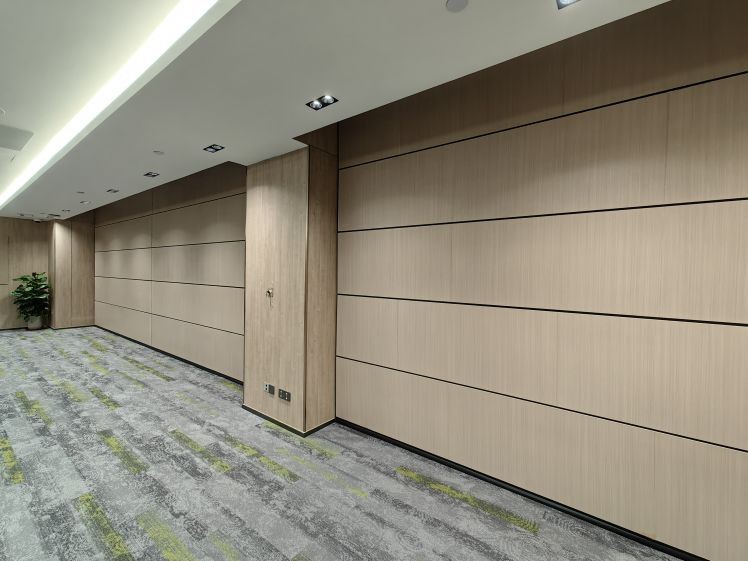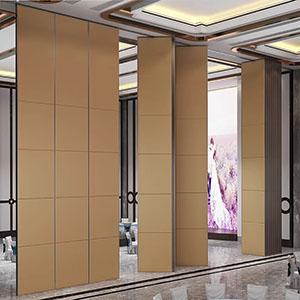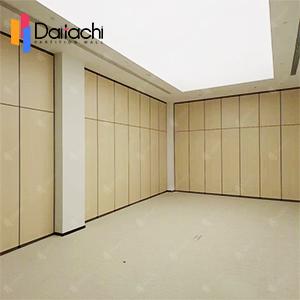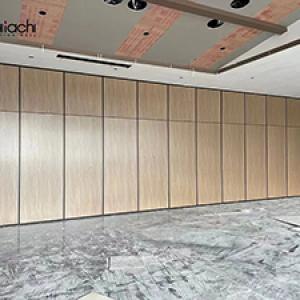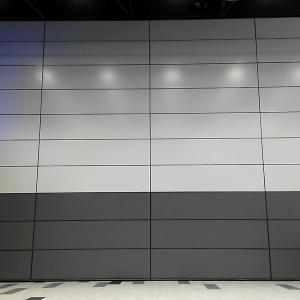Description
Interior room divider doors are functional and aesthetic elements used to separate spaces within a building while maintaining a sense of openness and flexibility. These doors are designed to divide large rooms into smaller sections or to close off certain areas temporarily. Here's an overview of their features, types, and applications:
Features of Interior Room Divider Doors:
-
Design Options:
- Sliding Doors: Sliding room divider doors operate on tracks installed either on the ceiling (top-hung) or on the floor. They slide horizontally to open or close, providing easy access and space division without requiring swing clearance.
- Folding Doors: Folding room divider doors consist of multiple panels (typically 2 to 4) that fold and stack against each other when opened. They can be folded to one or both sides of the opening, offering flexibility in how much of the space is divided.
- Accordion Doors: Similar to folding doors, accordion room divider doors have multiple interconnected panels that fold and expand in a zigzag pattern. They are compact when folded and can cover large openings when fully extended.
-
Materials and Finishes:
- Wood: Wooden room divider doors are popular for their natural look and durability. They can be stained, painted, or left unfinished for a rustic or contemporary aesthetic.
- Glass: Glass room divider doors provide transparency and light transmission, making spaces feel larger and more connected. Frosted or tinted glass options offer privacy while maintaining visual openness.
- Metal: Metal-framed doors with glass or solid panels provide a modern and industrial look. They are often used in contemporary interior designs.
-
Functionality:
- Sound Insulation: Depending on the materials and construction, room divider doors can offer varying degrees of soundproofing to maintain privacy and reduce noise transmission between divided spaces.
- Privacy: Solid panel doors or those with frosted glass options provide visual privacy while still allowing light to pass through.
-
Installation Options:
-
Room divider doors can be installed in various configurations:
- Single Door: A single door can slide or fold to one side of the opening.
- Double Doors: Two doors can meet at the center or slide/fold to opposite sides.
- Multi-Panel Systems: Multiple panels can span larger openings, providing greater flexibility in dividing spaces.
-
Room divider doors can be installed in various configurations:
Applications:
- Residential: Used in homes to separate living and dining areas, bedrooms, or home offices from the main living spaces.
- Commercial: Commonly found in offices, hotels, restaurants, and conference centers to create flexible meeting spaces, partition off banquet halls, or divide large conference rooms.
- Educational: Installed in schools and universities to divide classrooms or multipurpose halls for different activities and events.
Benefits:
- Space Utilization: Maximizes the functionality of interior spaces by allowing rooms to be reconfigured according to changing needs.
- Aesthetic Enhancement: Enhances interior design with a variety of materials, finishes, and styles that complement different architectural styles.
- Sound and Visual Control: Provides acoustic separation and privacy while maintaining visual connectivity between divided spaces.
In conclusion, interior room divider doors are versatile solutions for creating adaptable and visually appealing spaces within buildings. They offer practical benefits in terms of flexibility, aesthetics, and functionality, making them integral to modern interior design
